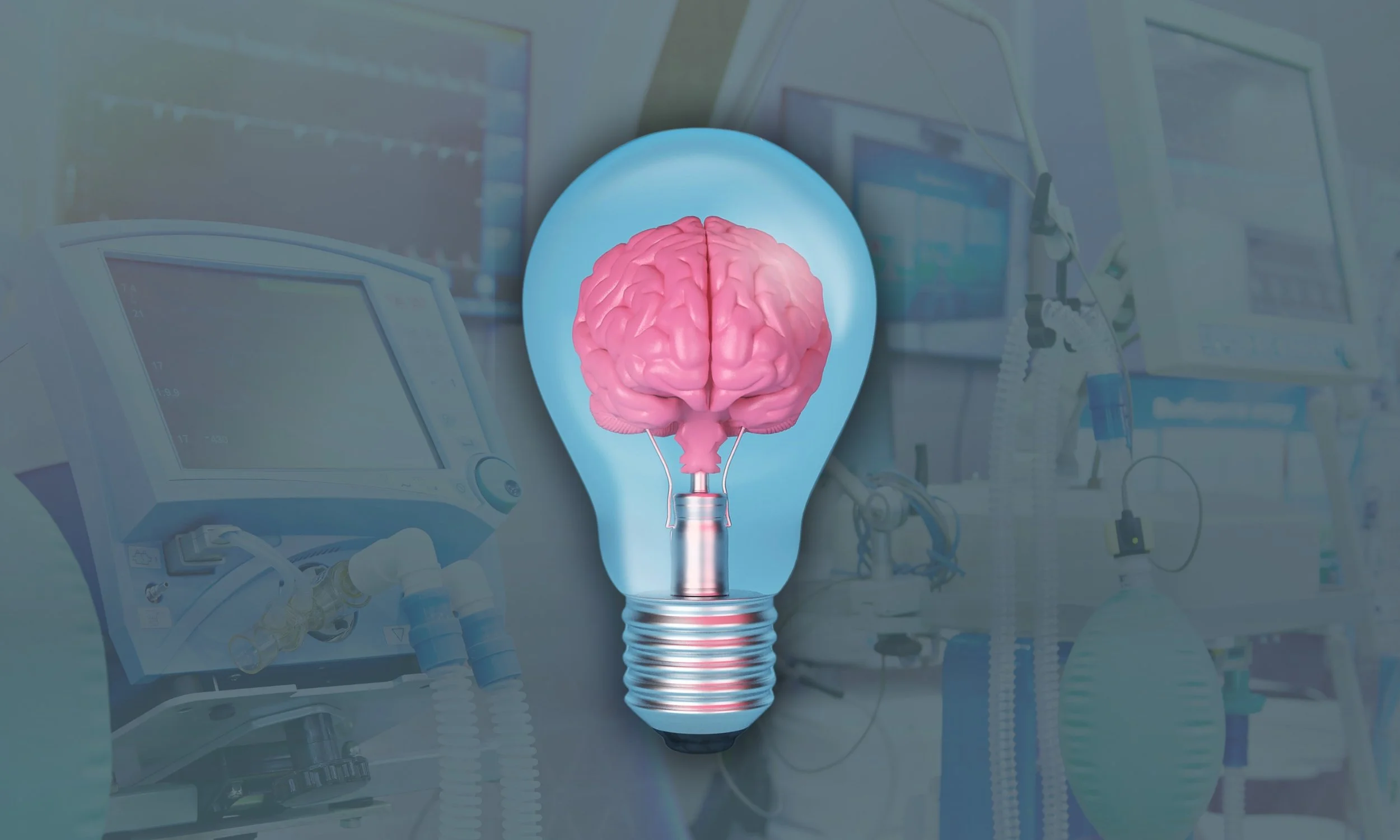In the 1930’s, psychologist Dr. Abraham Maslow began studying humans with positive mental health and those living their full potential. Previously, the primary focus for psychologists and psychiatrists was only looking at people who suffered from depression, anxiety, and other mental illnesses.
Dr. Maslow’s approach was radically different in that he was looking at the positive qualities of psychology, and this later came to be known as positive psychology. He wondered what made some people live exceptional lives? Furthermore, what were the traits of those people who seemed content with their lives?
Some of his seminal works include the hierarchy of needs, the concept of self-actualization, and the importance of peak experiences.
Maslow’s Hierarchy of Needs
You’ve probably seen this picture above before. But to review, at the base are the physiological needs, like breathing, food, water, shelter, & sleep.
Then safety is needed. For example, feeling secure in your body, access to resources, health, & security of property.
Above that are relationship needs like friendship, family, & intimacy.
Next are the esteem needs of being respected by society, sense of achievement, & self-confidence.
At the top of the pyramid is self-actualization, essentially being the best version of yourself possible and/or achieving your full potential as a human being.
Although the hierarchy is a pyramid, one doesn't necessarily need to go in this exact order and often a person’s needs will change from one level to the next.
Self-Actualization
Reaching self-actualization is not an end state, but rather a dynamic process of continual growing, learning, and contributing to others. For Maslow, a person comes to find a meaning to life that is important to them.
“The two most important days in your life are the day you are born and the day you find out why.”
Every individual will have their own unique path to self-actualization, some common actions leading to self-actualization are:
Experiencing life like a child, with presence and attention
Doing novel things instead of sticking to the status quo
Listening to your own feelings in assessing experiences instead of the social programming from tradition, authority or the majority
Authenticity and being honest with yourself/others
Accepting that one may be disliked if your views don’t fit with the majority
Taking responsibility and having perseverance
Working to identify you go-to defense mechanisms and being brave enough to let them go
Peak ExperienceS
The other concept Dr. Maslow is known for is peak experiences. He describes it as “experiences beyond self-actualization, which are profound moments of love, understanding, happiness, or rapture, during which a person feels more whole, alive, self-sufficient and yet a part of the world.”
This description is surprisingly similar to ketamine-induced non-ordinary states of consciousness. Is it possible that intravenous ketamine treatments can induce peak experiences?
Read more about the 4 types of experiences you may have with ketamine here.
Dr. Maslow believed that peak experiences were more likely to happen for those who have reached self-actualization and may actually play a role in helping people reach self-actualization!
People who are self-actualized seem to have higher rates of peak experiences. It’s not necessarily only from the mystical, spiritual full blown type of experiences either. It can be a rigorous hike and reaching the top of the mountain.
And it can come from watching a childbirth, seeing your child graduate from college, or it may even be as simple as observing a grasshopper with your full attention.
“Who made the world?
Who made the swan, and the black bear?
Who made the grasshopper?
This grasshopper, I mean—
the one who has flung herself out of the grass,
the one who is eating sugar out of my hand,
who is moving her jaws back and forth instead of up and down—
who is gazing around with her enormous and complicated eyes.
Now she lifts her pale forearms and thoroughly washes her face.
Now she snaps her wings open, and floats away.
I don’t know exactly what a prayer is.
I do know how to pay attention, how to fall down
into the grass, how to kneel in the grass,
how to be idle and blessed, how to stroll through the fields,
which is what I have been doing all day.
Tell me, what else should I have done?
Doesn’t everything die at last, and too soon?
Tell me, what is it you plan to do
With your one wild and precious life?”
Ketamine induced non-ordinary states of consciousness may be able to induce peak experiences which are an integral part of self-actualization. Accordingly, it may be the needed reset to gain a new perspective and paradigm shift in their lives.
Our Approach
At Reset Ketamine, our approach to ketamine treatments is a holistic approach to health. We love the World Health Organization’s definition of health: “A state of complete physical, mental and social well-being and not merely the absence of disease or infirmity.”
Knowing this, we recommend patients prepare as well as integrate the foundations of health into their daily lives. This means that if a patient is not getting their basic physiological, psychological, and relationship needs met, then it will be more challenging to move up the pyramid.
The foundation is adequate rest, a healthy diet, exercise, and strong connections as a part of seeking optimal health.
Ketamine infusions can be profound and catalyze peak experiences, but the daily work of health that lays the foundation of the pyramid simply must be practiced!














Learn how ketamine therapy affects PTSD, when it may worsen symptoms, and how alternatives like the stellate ganglion block can offer relief.